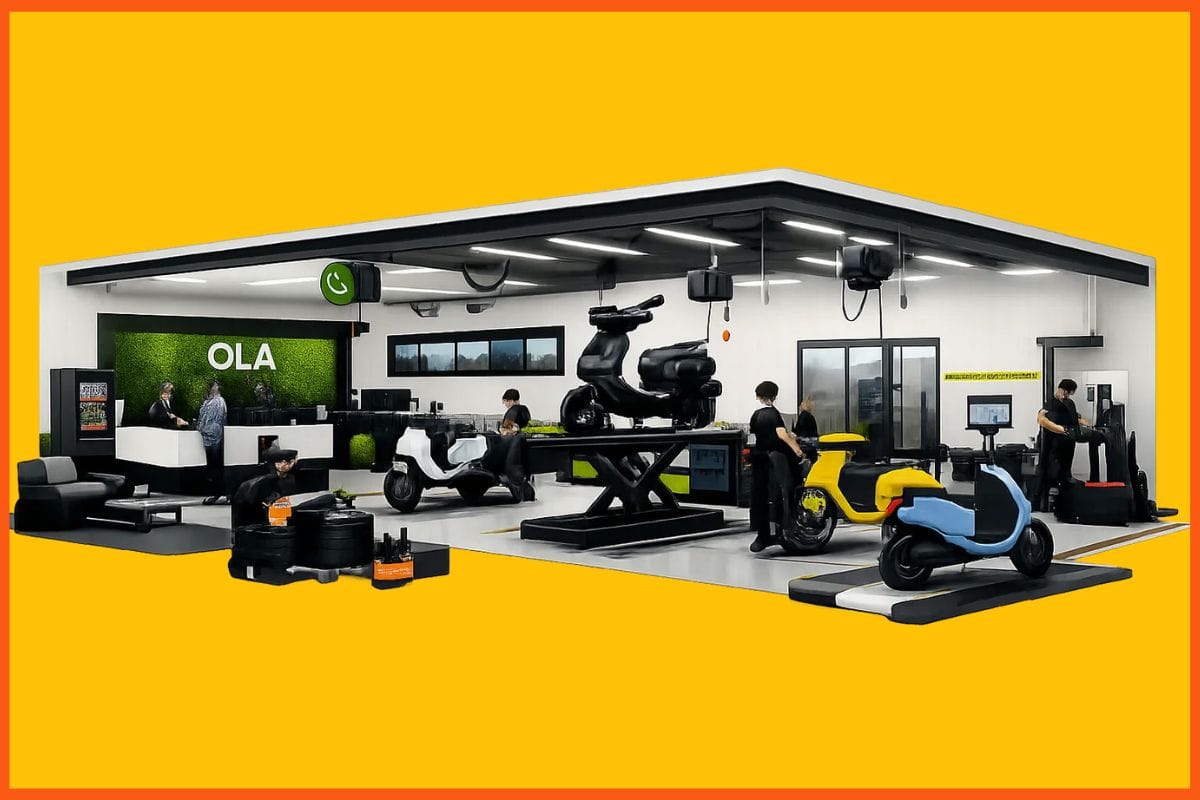Process Mapping Training Ideas to Engage Your Employees
📖 Learning
Process mapping is an important technique used by organizations to analyze and improve their workflows and procedures. Providing effective process mapping training to your employees is key to getting their buy-in and engagement in process improvement initiatives. Here are some ideas for conducting interactive and engaging process mapping training sessions:
Make it Hands-On with Real Examples
The best way to teach process mapping is through hands-on activities using real examples relevant to your employees' work. Break employees into small groups and have them map out the current processes for tasks they are familiar with. This could include things like:
- Onboarding new employees
- Processing customer orders
- Developing new products
Providing real-world examples will help employees see how process mapping applies directly to their day-to-day responsibilities. They are more likely to stay engaged when they can practice a new skill in a familiar context.
Share Examples of Process Maps
It can be helpful to show employees examples of different process map layouts and visuals. Provide samples of basic flowcharts, swimlane diagrams, value stream maps, and SIPOC diagrams. Explain when each tool is used and the benefits of visualizing different aspects of a process.
Having these process mapping template examples handy during the training will help employees understand the different techniques for illustrating processes. They can refer back to the samples as they work on creating their own maps.
Illustrate How Processes Can be Improved
One of the goals of process mapping is to identify opportunities for improvement. Provide real before-and-after examples that showcase how organizations improved inefficient or broken processes through mapping exercises.
Point out specific areas that were streamlined after being analyzed through process maps. This will help employees understand the tangible benefits of mapping out processes and get them excited about the potential changes to their own workflows.

Let Employees Observe Processes Firsthand
Another interactive way to conduct process mapping training is to have employees physically walk through processes and observe how they flow. For example, you can have call center representatives sit with customer service reps and map out the steps to handle a customer phone call. Or have employees follow an order through fulfillment and track the process cross-functionally.
Observing processes in real time helps employees gain firsthand knowledge of different workflows across the organization. They will capture more accurate information to translate into process maps.
Provide Templates and Tools
Give your employees templates, tools and software to facilitate the mapping process. Provide simple flowchart templates they can fill in to map out processes. Have large format paper on hand so they can map out processes more visually. Show them online tools and mapping software your organization uses to capture and analyze processes digitally.
Equipping employees with these resources during training sets them up for success when documenting processes independently after the session. They will be more prepared to map processes on their own.
Do Group and Individual Activities
Your process mapping training should include activities completed in groups and individually. Small group activities allow employees to collaborate and learn from each other as they map out processes. Individual assignments will then allow them to apply their new skills independently.
For example, break employees into groups to map out a departmental ordering process together. Then give each employee a unique process to map on their own as an assignment after the training. This allows for both teamwork and individual learning.
Role Play Process Mapping Interviews
Sitting down with process owners for mapping interviews is an important data-gathering technique. Role-playing interviews during training help employees learn how to effectively conduct these discussions.
Have one employee play the role of a process mapping interviewer and another act as the process owner. Then switch roles so they get experience on both sides of the interview. Provide some sample mapping interview questions they can practice asking to uncover process steps and pain points.
Align with Overall Process Improvement Goals
Your organization likely has specific process improvement goals you are working towards. Align your process mapping training with these overarching objectives and explain how employees will help achieve the desired outcomes. This gives them a purpose beyond just learning a new skill.
For example, if your goal is to speed up production cycles, explain how process mapping will help identify bottlenecks causing delays. Employees will be motivated to engage in training when they see how their efforts contribute to larger improvement initiatives.
Make it Interactive
Incorporate interactivity into your process mapping training to ensure employees remain actively engaged from start to finish. Have them participate in discussions, hands-on examples, group work, and activities that apply what they have learned. Interactive training techniques keep employees focused and cement newly gained knowledge.
Provide Ongoing Support
A one-time process mapping training session will only take employees so far. Provide ongoing support to help them execute their skills back on the job. Check-in after training to see if they have any questions about applying what they learned. Offer refresher sessions for more complex mapping tools and techniques.
Having continued support programs ensures your employees adopt process mapping skills as part of their regular workflow. They will see greater value in the training knowing they can get help as needed after the initial session.
An effective process mapping training program is key to getting your employees onboard with process improvement initiatives. Using these interactive training ideas will arm your employees with process mapping skills and get them excited to improve workflows in your organization. Employing hands-on examples, group activities, and role-playing while aligning training with overarching improvement goals will lead to an engaged and empowered workforce ready to transform processes.

Must have tools for startups - Recommended by StartupTalky
- Convert Visitors into Leads- SeizeLead
- Website Builder SquareSpace
- Manage your business Smoothly Google Business Suite





